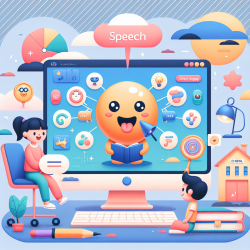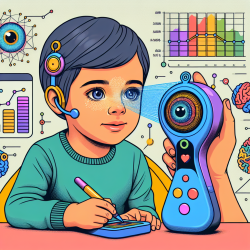Understanding the Terminology
The article highlights that there is no agreed-upon terminology for describing childhood language problems. Terms like "specific language impairment" (SLI) and "language disorder" are often used interchangeably but come with their own sets of pros and cons. Understanding these terms and their implications is crucial for effective communication with:- Families
- Individuals with language impairments
- Professionals across health and education sectors
- The media
- Policy-makers and service planners
- The research community
Points of Consensus and Disagreement
The research identifies several points of consensus among experts:- Some children have serious and persistent language problems that need to be identified.
- Children with poor language abilities are at high risk for poor literacy and academic outcomes.
- Language problems often go untreated unless accompanied by other conditions.
- Diagnostic labels are necessary but can have potential disadvantages like stigmatization.
Practical Steps for Practitioners
Based on the research findings, here are some practical steps for practitioners:1. Use Clear and Consistent Terminology
Adopting and consistently using agreed-upon terminology is essential for effective communication. This helps in advocacy, service planning, and research.2. Focus on Functional Impact
Rather than solely relying on diagnostic labels, consider the functional impact of language problems on the child's daily life. This approach can guide more effective interventions.3. Collaborate Across Disciplines
Language problems often intersect with other developmental issues. Collaboration with professionals from various disciplines can provide a more holistic approach to diagnosis and intervention.4. Engage in Continuous Learning
Stay updated with the latest research and developments in the field. Participating in webinars, conferences, and reading publications can enhance your understanding and skills.5. Advocate for an International Forum
Support the call for an international and multidisciplinary forum to develop consensus on diagnostic criteria and labels. This can lead to more standardized practices globally.Encouraging Further Research
The article suggests that the current situation is not tenable and impedes clinical and research progress. Practitioners are encouraged to engage in further research to better understand the complexities of language impairments and to contribute to the ongoing debate.To read the original research paper, please follow this link: Terminological debate over language impairment in children: forward movement and sticking points










